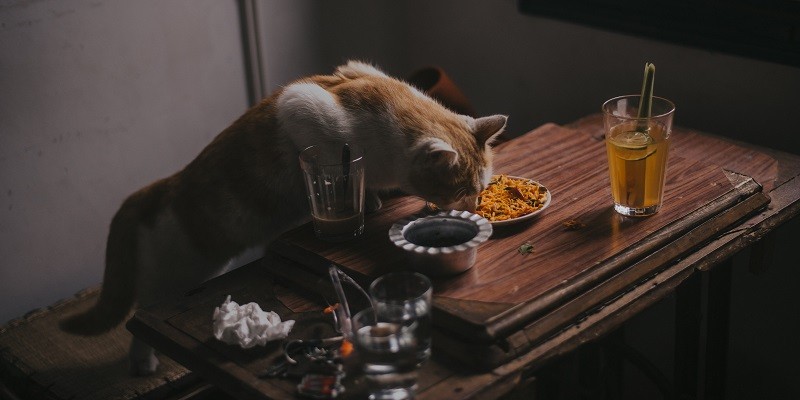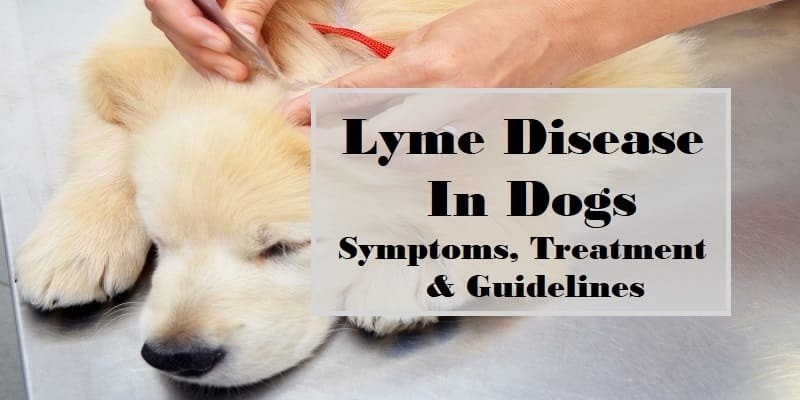Last Updated on August 10, 2023 by Pauline G. Carter
Every pet owner strives to provide their beloved furry friends with the best care possible, and this extends to mealtime as well. Just like humans, pets have their preferences when it comes to flavors and aromas, and ensuring their meals are not only nutritious but also enticing is a key concern.
This is where pet palatant ingredients come into play – these unassuming components hold the power to transform ordinary pet food into a delectable feast that pets can’t resist. In this article, we’ll delve into the world of pet palatant ingredients, understanding their significance, sources, and the science behind their appeal to our furry companions.
Understanding Pet Palatant Ingredients
Pet palatants are additives used in pet food to enhance flavor, aroma, and overall palatability. These ingredients are designed to stimulate a pet’s senses and encourage them to eat with enthusiasm. Pet Palatant Ingredients can be natural or synthetic, and they often include a combination of herbs, spices, proteins, and fats that appeal to pets’ taste preferences.
The Science Behind Palatability
Pets have a unique sense of taste and smell, which is why palatants play a significant role in creating food that is appealing to them. Dogs and cats, for instance, have a higher number of taste buds compared to humans, allowing them to detect subtle flavors more effectively. Palatants work by enhancing the natural flavors of the main ingredients in pet food, making it more tempting to pets.
Natural vs. Synthetic Palatants
Natural palatants are derived from real food sources, such as meats, vegetables, and herbs. These ingredients are known for their rich flavors and aromas. On the other hand, synthetic palatants are created using chemical compounds that mimic natural flavors. Both types can be used to create a balanced and appealing flavor profile in pet food.
The Role of Protein in Palatants
Proteins are often a key component of palatants because they contribute to the savory taste that pets love. Ingredients like chicken, beef, and fish are commonly used in pet food to enhance the protein content and palatability of the product. Protein-rich palatants not only make the food delicious but also provide essential amino acids for pets’ overall health.
Fats for Flavor and Nutrition
Fats are another crucial component of palatants. They contribute to the richness of the food’s flavor and also provide concentrated energy for pets. Natural fats from sources like poultry fat or fish oil can enhance the taste of pet food while offering omega-3 fatty acids that support skin, coat, and joint health.
Herbs and Spices in Palatants
Herbs and spices are often used to add complexity and depth to the flavor of pet food. Ingredients like rosemary, turmeric, and parsley can not only make the food more appealing but also provide potential health benefits. These natural additives can have antioxidant and anti-inflammatory properties that contribute to pets’ well-being.
Texture Matters
Palatants also influence the texture of pet food. The crunchiness or tenderness of the kibble, for example, can impact how pets experience their meals. Palatants are used to ensure that the texture complements the flavor, creating a well-rounded eating experience for pets.
Meeting Dietary Preferences
Pets, like humans, can have specific dietary preferences. Some may prefer meat-based flavors, while others might lean towards fish or vegetarian options. Pet food manufacturers use various palatants to cater to these preferences, ensuring that there’s something appealing for every pet’s taste buds.
Conclusion
In the world of pet nutrition, palatant ingredients are the secret behind creating pet food that our furry friends can’t resist. These additives enhance the flavors, aromas, and textures of pet food, making mealtime a delightful experience for pets and their owners alike. By understanding the role of palatants, you can make informed choices about your pet’s diet and ensure they receive both palatability and nutritional excellence.
FAQs About Pet Palatant Ingredients
Q1: Are palatant ingredients safe for pets?
A1: Yes, palatant ingredients are generally safe for pets. They are used in controlled amounts to enhance the palatability of pet food and are thoroughly tested for safety.
Q2: Can palatants replace high-quality ingredients in pet food?
A2: Palatants are used to enhance the overall eating experience, but they don’t replace the nutritional value of high-quality ingredients. A balanced and nutritious diet remains essential for your pet’s health.
Q3: Can pets become addicted to palatants?
A3: While pets can become accustomed to certain flavors, addiction to palatants is unlikely. The goal is to make mealtime enjoyable, not to create dependency.
Q4: Are natural palatants better than synthetic ones?
A4: Both natural and synthetic palatants have their merits. Natural options often provide additional nutritional benefits, but synthetic palatants can offer consistency in flavor and aroma.
Q5: How can I tell if my pet enjoys the food’s palatant?
A5: If your pet eagerly eats their food, licks their bowl clean, and shows excitement during mealtime, it’s a sign that they are enjoying the palatant.
About Author (Pauline G. Carter)

Pauline G. Carter is a well-known pet blogger who has written about the world of pets for several years. She is passionate about pets, from cats and dogs to birds, reptiles, and poultry. Her blog, which is updated regularly, is filled with articles and guides on pet care, nutrition, and training. She also shares her experiences and observations on pet ownership, making her blog relatable and informative for pet lovers. She is a true animal advocate and is dedicated to promoting responsible pet ownership. Let’s Go …




